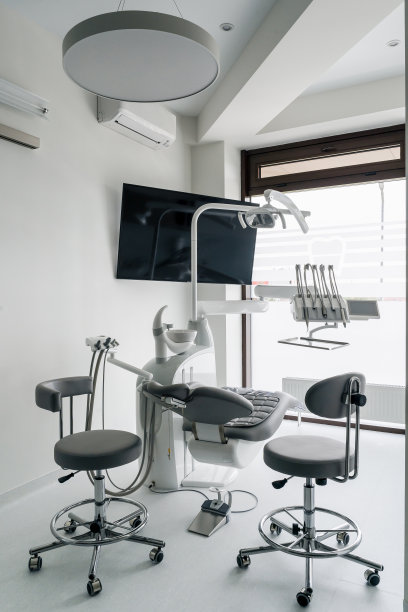The Essential Guide to Extract a Tooth Safely and Effectively for Better Oral Health
Summary: Extracting a tooth is a critical procedure for maintaining oral health. Understanding the essential steps and precautions can ensure a safe and effective extraction. This guide offers comprehensive insights into the preparation required before a tooth extraction, the various techniques that professionals utilize, the aftercare necessary for optimal recovery, and potential risks associated with the procedure. By following these guidelines, you can improve your knowledge and readiness for tooth extraction, leading to better oral health outcomes. This article serves as a valuable resource for anyone looking to become informed on this vital dental procedure.
1. Preparing for a Tooth Extraction

Preparation is key to a successful tooth extraction. First and foremost, consulting your dentist is crucial. They will assess your dental condition and determine whether extraction is the best option based on your specific situation. This may involve X-rays or other diagnostic tools to understand the root structure and position of the tooth.
Moreover, providing your dentist with a complete medical history is essential. This includes any medications you are currently taking, as certain drugs can affect blood clotting and healing. Being open about your health status can help your dentist plan the extraction and manage any potential complications effectively.
Lastly, you should prepare for logistics ahead of time. Arrange for someone to accompany you to your appointment. This is particularly important if sedation will be involved, as after the extraction, you may not be in a suitable condition to drive yourself home.
2. Techniques Used in Tooth Extraction
There are generally two main types of tooth extraction techniques: simple extraction and surgical extraction. A simple extraction is performed when the tooth is visible in the mouth, requiring only local anesthesia to numb the area. The dentist will then use specialized instruments to loosen and remove the tooth.
On the other hand, surgical extraction comes into play when the tooth is not easily accessible—often when it is impacted or broken beneath the gum line. This procedure requires more extensive anesthesia and may involve cutting away gum tissue or bone to extract the tooth safely.
Understanding these techniques helps you to know what to expect during the procedure. Your dentist will explain which method is most appropriate for your specific case and why, ensuring you are well-informed before the extraction begins.
3. Aftercare for Optimal Recovery
Post-extraction care is vital to promote healing and prevent complications. After the procedure, it’s crucial to follow your dentist’s instructions carefully. This usually includes resting for the first 24 hours and avoiding strenuous activities that could dislodge the forming blood clot.
Furthermore, ice packs can be beneficial in reducing swelling during the first couple of days. Alternating between ice packs and warm compresses can help alleviate discomfort and promote blood flow to the area.
Maintaining oral hygiene is also important but should be approached with caution. Patients should practice gentle rinsing with saltwater after 24 hours, avoiding vigorous mouth rinsing that might disrupt the healing process. Staying hydrated and following a soft diet will also contribute to a smoother recovery.
4. Assessing Potential Risks and Complications
While tooth extraction is generally a safe procedure, it is not without risks. One of the most common complications is dry socket, which occurs when the blood clot that forms after extraction becomes dislodged. This condition can lead to significant pain and an increased risk of infection.
Infection is another potential risk. Patients must monitor the extraction site for signs of infection, such as persistent swelling, fever, or pus discharge. If any of these symptoms occur, contacting your dentist promptly is critical.
Additionally, nerve damage is a rare but possible complication, primarily associated with lower wisdom teeth extrications. Discussing these risks with your dentist ahead of time can prepare you for any unexpected outcomes and emphasize the importance of following post-operative instructions.
Summary:
In conclusion, understanding the entire process of tooth extraction—from preparation to aftercare—is essential for ensuring safe and effective treatment. Awareness of the techniques used and the potential risks can equip you with the knowledge necessary for better oral health. Always consult with your dentist and follow their guidance for optimal outcomes.
This article is compiled by Vickong Dental and the content is for reference only.



